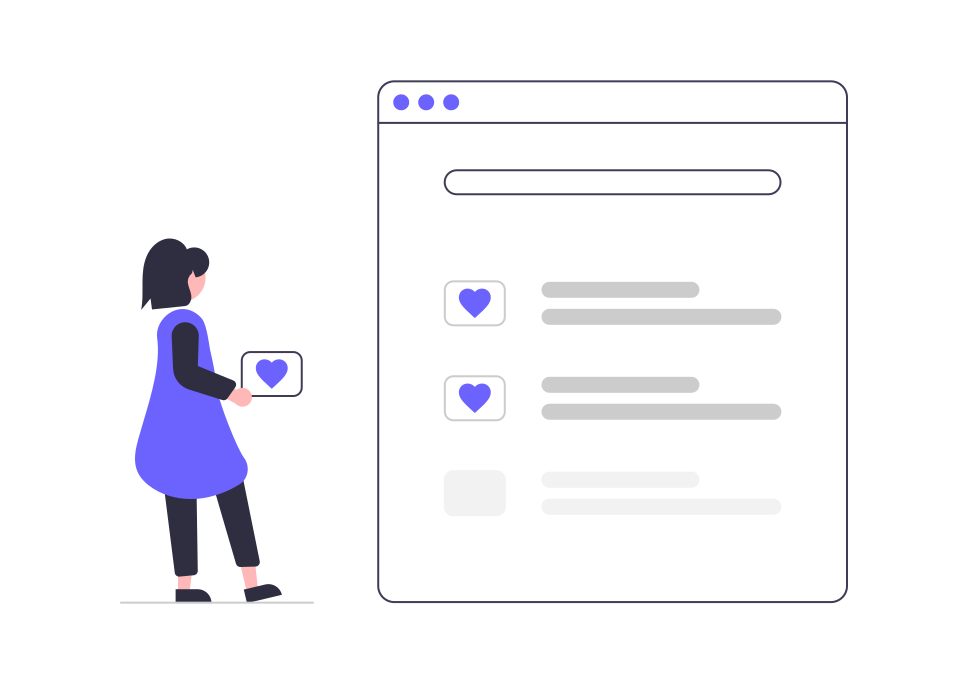In the world of Account-Based Marketing (ABM), precision and personalization are paramount. While industrial segmentation provides a solid foundation by categorizing targets based on industry-specific characteristics, incorporating behavioral segmentation can take your ABM efforts to the next level. This approach zeroes in on the actions, interactions, and engagement patterns of your target accounts, allowing for a more nuanced and dynamic marketing strategy.
The Essence of Behavioral Segmentation
Behavioral segmentation involves analyzing how target accounts interact with your brand across various touchpoints. This can include their browsing habits, response to marketing campaigns, content engagement, purchase history, and other behavioral data. By understanding these patterns, marketers can create highly personalized and timely campaigns that resonate with each account's unique journey.
Key Components of Behavioral Segmentation
1. Tracking Engagement
- Website Visits: Monitor the pages visited, time spent, and frequency of visits to understand what interests your target accounts.
- Content Interaction: Analyze which types of content (blogs, whitepapers, videos) are being consumed the most.
- Email Responses: Track open rates, click-through rates, and engagement with email content.
2. Identifying Behavioral Patterns
- Purchase Behavior: Look for patterns in how often accounts make purchases, the types of products they buy, and their spending levels.
- Lead Scoring: Assign scores based on various actions taken by the accounts, such as filling out forms, downloading resources, or attending webinars.
- Engagement Frequency: Assess how frequently and recently an account has interacted with your brand to gauge their current level of interest.
3. Utilizing Behavioral Data
- Personalized Messaging: Tailor your messaging to align with the interests and behaviors observed, addressing specific needs and pain points.
- Targeted Campaigns: Launch campaigns targeting accounts based on their demonstrated behaviors, such as retargeting ads for those who visited specific product pages.
- Timely Interactions: Engage with accounts at the right moment, such as following up promptly after a significant interaction like a demo request or a webinar attendance.
Strategies for Implementing Behavioral Segmentation
1. Integrated Analytics Platforms
Leverage advanced analytics platforms that integrate with your CRM and marketing tools to collect and analyze behavioral data seamlessly. These platforms can provide real-time insights and automate the segmentation process based on predefined behavioral criteria.
2. Dynamic Content Personalization
Use dynamic content personalization techniques to adjust the content displayed to each account based on their behavior. This could include personalized landing pages, targeted email content, and adaptive website experiences that change according to the visitor's previous interactions.
3. Automated Nurturing Campaigns
Implement automated nurturing campaigns that respond to specific behaviors. For example, if an account frequently visits your pricing page, trigger a follow-up email offering a personalized demo or a case study that highlights the ROI of your product.
4. Behavior-Based Lead Scoring
Develop a sophisticated lead scoring system that prioritizes accounts based on their behavioral data. Accounts that exhibit high engagement levels and specific buying signals can be fast-tracked to your sales team for immediate follow-up.
5. Continuous Behavioral Analysis
Behavioral data is dynamic and ever-changing. Continuously analyze and update your segmentation criteria to reflect the latest interactions and engagement patterns. This ensures that your ABM strategy remains relevant and effective over time.
Conclusion
Behavioral segmentation adds a powerful layer of precision to your ABM efforts by focusing on the actual actions and engagement patterns of your target accounts. By leveraging this approach, marketers can create more relevant, timely, and personalized campaigns that drive higher engagement and conversion rates. Embrace behavioral segmentation to maximize the success of your ABM strategy and achieve greater marketing impact.


